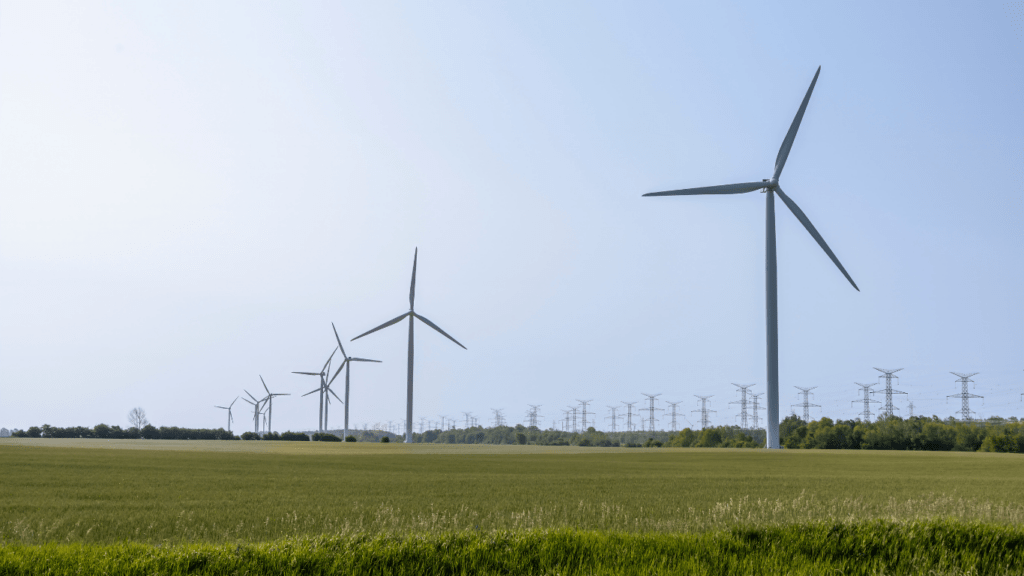Understanding Climate Change
Climate change poses a significant threat to our planet. Understanding its impact and long-term effects is crucial.
The Impact on the Environment
Climate change disrupts ecosystems. Rising temperatures cause polar ice to melt, leading to sea-level rise. For instance, NASA reports an average rise of 3.3 millimeters per year since 1993.
Increased CO2 levels make oceans acidic, harming marine life like coral reefs. Extreme weather events become more frequent, causing natural disasters such as hurricanes and droughts.
Forests face devastation from increased wildfires, threatening wildlife and human communities.
Long-term Effects on Our Planet
Climate change will have lasting effects. Future generations will face more severe weather patterns, resulting in greater economic and social challenges. Global temperatures could rise by up to 2.7 degrees Fahrenheit by 2100, according to the IPCC.
Coastal cities may become uninhabitable due to flooding. Agricultural productivity will decline in many regions, threatening food security. Biodiversity loss will accelerate, with many species facing extinction.
These effects underscore the urgency of transitioning to renewable energy.
The Role of Renewable Energy in Combating Climate Change
Renewable energy sources play a critical role in addressing climate change. They reduce greenhouse gas emissions, enhance energy security, and promote sustainable development.
Types of Renewable Energy Resources
- Solar Power: Solar energy harnesses sunlight using photovoltaic cells or solar thermal collectors. It’s abundant, scalable, and can be used for various applications, from heating water to powering entire cities.
- Wind Energy: Wind turbines convert kinetic energy from the wind into electricity. Wind farms provide substantial energy output and can be installed onshore and offshore.
- Hydropower: Hydropower generates electricity by capturing energy from flowing water. It is one of the oldest and most efficient renewable energy sources, often involving dams and river systems.
- Biomass Energy: Biomass energy derives from organic materials like plant and animal waste. It’s versatile, being able to produce electricity, heat, and biofuels, but it requires sustainable sourcing practices.
- Geothermal Energy: Geothermal energy taps into the Earth’s internal heat, using steam or hot water to generate electricity and provide direct heating. It’s highly reliable and available 24/7, unlike solar and wind.
Renewable Energy vs. Fossil Fuels
Renewable energy sources offer numerous advantages over fossil fuels:
- Carbon Emissions: Renewable energy significantly reduces carbon dioxide emissions, a primary driver of climate change. Fossil fuels like coal, oil, and natural gas release large amounts of CO2 when burned.
- Resource Availability: Renewable resources like sunlight and wind are virtually inexhaustible, whereas fossil fuels are finite and becoming increasingly difficult to extract.
- Environmental Impact: Renewables have a lower environmental footprint. Fossil fuel extraction and use contribute to air and water pollution, habitat destruction, and health issues.
- Economic Factors: Renewables create jobs across various sectors, promoting local economies. Fossil fuels often involve volatile markets and are susceptible to geopolitical tensions.
By integrating more renewable energy sources into our energy mix, societies can combat climate change more effectively and sustainably.
Benefits of Renewable Energy

Renewable energy offers significant advantages in combating climate change. It provides both environmental and economic benefits that drive sustainable development.
Environmental Benefits
Renewable energy significantly reduces greenhouse gas emissions compared to fossil fuels. Solar panels, wind turbines, hydroelectric plants, biomass systems, and geothermal installations generate electricity without emitting carbon dioxide, mitigating global warming.
According to the Environmental Protection Agency, shifting to clean energy sources can reduce air pollutants like sulfur dioxide and nitrogen oxides, which contribute to smog and acid rain. Limiting these pollutants improves air quality and public health.
Using renewable energy also conserves water resources. Unlike coal, nuclear, and natural gas plants, which consume vast quantities of water for cooling, wind and solar facilities require minimal water.
This conservation is crucial for regions facing water scarcity. Additionally, renewable projects, like wind and solar farms, occupy less land compared to fossil fuel extraction sites, minimizing soil erosion, deforestation, and habitat destruction.
Economic Benefits
Investing in renewable energy creates jobs and stimulates economic growth. According to the International Renewable Energy Agency, the sector employed 11.5 million people globally in 2019.
Jobs in manufacturing, installation, maintenance, and research and development promote local economies and provide stable income opportunities.
Renewable energy projects have lower operational costs. Once installed, wind, solar, and hydro plants utilize free resources, unlike fossil fuels, which incur expenditure for extraction, transportation, and refining.
This cost-saving translates into lower electricity prices for consumers over time.
Diversifying the energy supply with renewables enhances energy security. Reducing reliance on imported fossil fuels protects economies from supply disruptions and volatile prices.
Countries can leverage their natural resources, such as sunlight and wind, to produce stable, affordable energy.
Here’s a quick comparison of the economic benefits of renewable vs. fossil fuels:
| Economic Factor | Renewable Energy | Fossil Fuels |
|---|---|---|
| Job Creation | High | Moderate |
| Operational Costs | Low (after installation) | High (ongoing extraction/transport costs) |
| Energy Security | High (local resources) | Low (dependency on imports) |
Renewable energy sources are key to building a sustainable and resilient future. Adopting them on a larger scale is essential for environmental preservation and economic prosperity.
Global Initiatives and Successful Case Studies
Governments, corporations, and communities worldwide are taking action to transition to renewable energy. Several policies and projects demonstrate successful strategies to combat climate change.
Government Policies Supporting Renewable Energy
Governments have enacted policies to promote renewable energy use. The European Union’s Renewable Energy Directive mandates that 32% of its energy come from renewables by 2030.
China’s Renewable Energy Law subsidizes solar and wind projects. The United States’ Production Tax Credit (PTC) and Investment Tax Credit (ITC) provide financial incentives for renewable energy investments.
Successful Renewable Projects Around the World
Numerous renewable energy projects illustrate global commitment. Germany’s Energiewende project aims to achieve 80% renewable energy by 2050.
Denmark’s Samsø Island produces 100% of its electricity from wind power. The Ivanpah Solar Power Facility in California generates 392 MW of electricity annually.


 is a committed writer and environmental advocate at Eco Elegance Technique, specializing in sustainable practices, health, and wellness. With a background in environmental studies, Peter focuses on providing readers with practical advice on integrating eco-friendly habits into their daily routines. His work aims to inspire a deeper connection between personal well-being and environmental responsibility, making sustainability accessible and actionable for everyone.
is a committed writer and environmental advocate at Eco Elegance Technique, specializing in sustainable practices, health, and wellness. With a background in environmental studies, Peter focuses on providing readers with practical advice on integrating eco-friendly habits into their daily routines. His work aims to inspire a deeper connection between personal well-being and environmental responsibility, making sustainability accessible and actionable for everyone.
